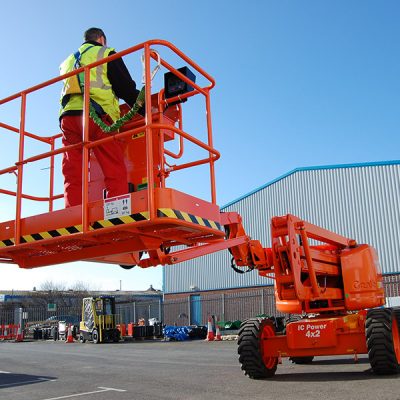Hazardous Area Classification (HAC) DSEAR services
EXSolutions can offer assistance to businesses on their journey to compliance with hazardous area classification (DSEAR / ATEX).
We work closely with clients in partnership with specialists / consultants to ensure workplace safety is the number one priority, providing peace of mind and demonstrable ATEX / DSEAR compliance (UK implementation of the ATEX Directives).
DSEAR (Dangerous Substances and Explosive Atmospheres Regulations) is a set of UK regulations that aim to protect workers from the risks of fires, explosions, and other dangerous incidents that may occur because of the storage, handling, or use of dangerous substances in the workplace.
DSEAR assessments are required for all workplaces where dangerous substances are present.
Our DSEAR Risk Assessments are carried out by competent, highly experienced consultants / specialists with significant hazardous area classification backgrounds.
Service delivered by Pyroban’s EXSolutions team:

Richard Ellis – EXSolutions
HAZARDOUS AREA CLASSIFICATION & DSEAR ZONE DEFINITION
Hazardous Area Classifications (HAC) include detailed calculations that consider substance / process information such as ventilation, evaporation/concentration rate, release rate, temperature and more to determine the size and specific type of DSEAR / ATEX ‘Zone’. EXSolutions can help classify hazardous areas according to the following definitions.

For gases, vapours, and mists:
DSEAR Zone 0
A place in which an explosive atmosphere consisting of a mixture with air of dangerous substances in the form of gas, vapour or mist is present continuously or for long periods or frequently.
DSEAR Zone 1
A place in which an explosive atmosphere consisting of a mixture with air of dangerous substances in the form of gas, vapour or mist is likely to occur in normal operation occasionally.
DSEAR Zone 2
A place in which an explosive atmosphere consisting of a mixture with air of dangerous substances in the form of gas, vapour or mist is not likely to occur in normal operation but, if it does occur, will persist for a short period only.
For powders and dusts:
DSEAR Zone 20
A place in which an explosive atmosphere in the form of a cloud of combustible dust in air is present continuously, or for long periods or frequently.
DSEAR Zone 21
A place in which an explosive atmosphere in the form of a cloud of combustible dust in air is likely to occur in normal operation occasionally.
DSEAR Zone 22
A place in which an explosive atmosphere in the form of a cloud of combustible dust in air is not likely to occur in normal operation but, if it does occur, will persist for a short period only.
If you need any support on your journey to DSEAR compliance, EXSolutions can help.








